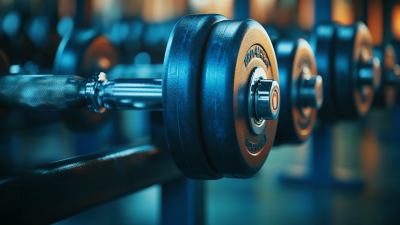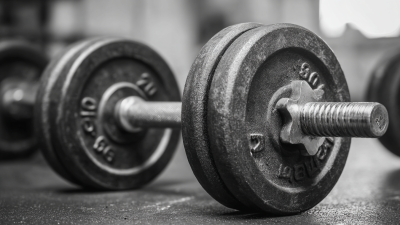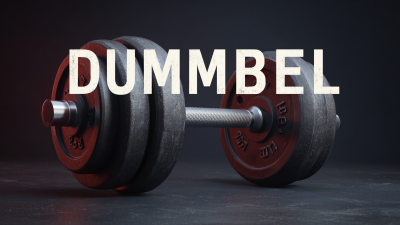
-
Home
-
Products
-
About Us
-
News
-
Contact Us
Leave Your Message

In recent years, the fitness industry has experienced significant growth, with the global fitness equipment market projected to reach $15 billion by 2026, according to a report by Market Research Future. Among the various tools available, fitness dumbbells have emerged as a staple for individuals at all fitness levels due to their versatility and effectiveness in strength training. A survey conducted by the American College of Sports Medicine revealed that over 68% of fitness enthusiasts incorporate dumbbells into their workout routines, highlighting their crucial role in achieving fitness goals. Whether you are a beginner looking to enhance your overall strength or an advanced athlete aiming to refine your physique, understanding how to effectively utilize fitness dumbbells can unlock your strength potential and elevate your workout experience to new heights.
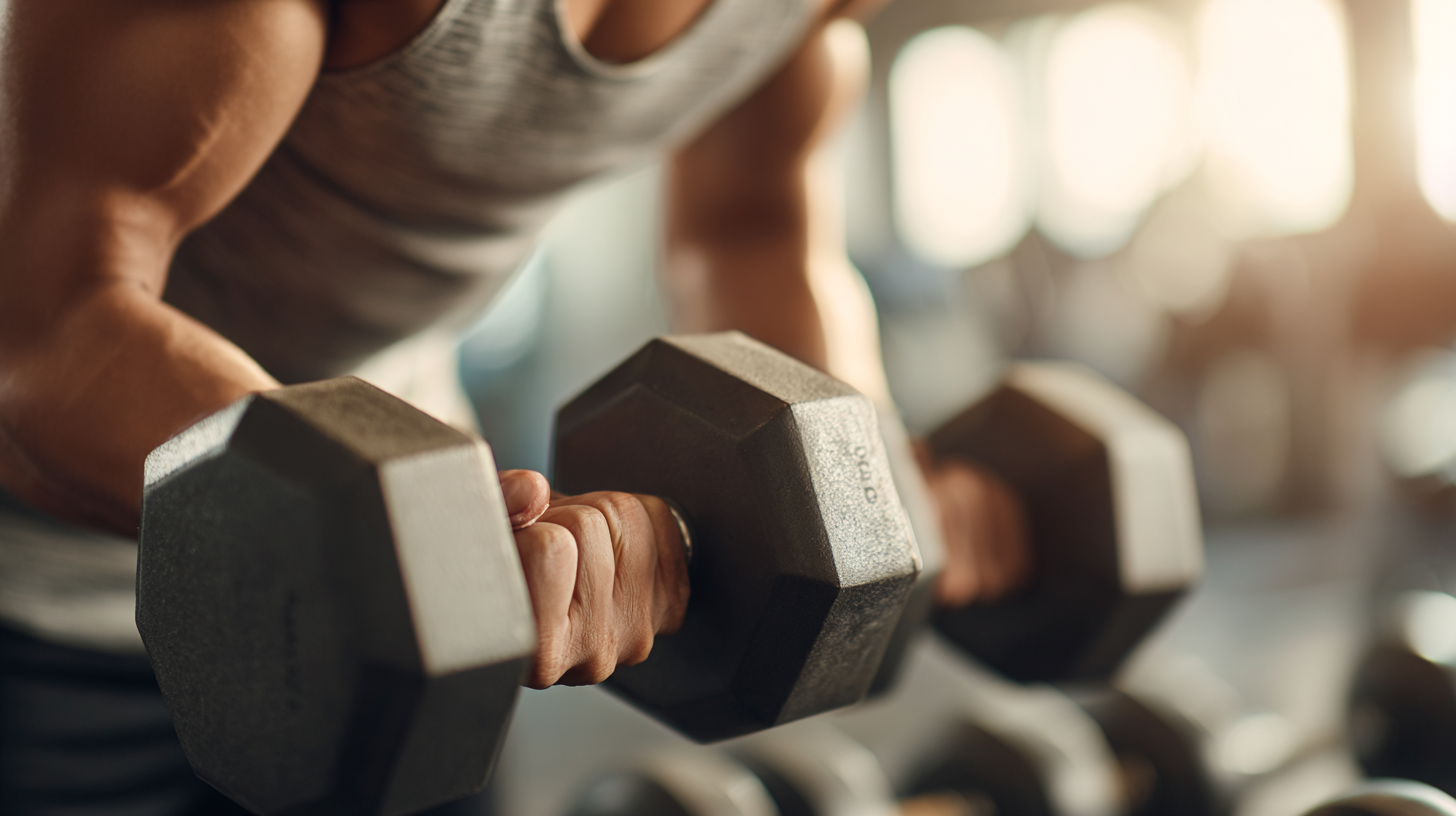
Dumbbells have emerged as a cornerstone in fitness routines across the globe, valued for their versatility and effectiveness. According to a report from the International Health, Racquet & Sportsclub Association, over 62% of gym-goers incorporate free weights like dumbbells into their workouts. This statistic highlights the growing recognition of dumbbells as essential tools for strength training, catering to individuals of all fitness levels.
Utilizing dumbbells not only improves muscular strength but also enhances overall stability and coordination. A study published in the Journal of Strength and Conditioning Research indicates that individuals using dumbbells show a 20% improvement in muscle activation compared to those using machines. This makes dumbbells particularly advantageous for compound movements like squats and lunges, enabling users to engage multiple muscle groups simultaneously. By adopting proven techniques such as progressive overload and varying grip positions, fitness enthusiasts can unlock greater potential in their routines, transforming not just their strength but their entire fitness journey.
Dumbbells are a versatile tool that can enhance any fitness routine, regardless of your experience level. Whether you are a beginner just starting or an advanced athlete looking to diversify your workouts, mastering a few essential dumbbell exercises can yield significant results. Incorporating exercises such as dumbbell squats, lunges, and bench presses not only helps build strength but also engages multiple muscle groups, making your workout sessions more efficient.
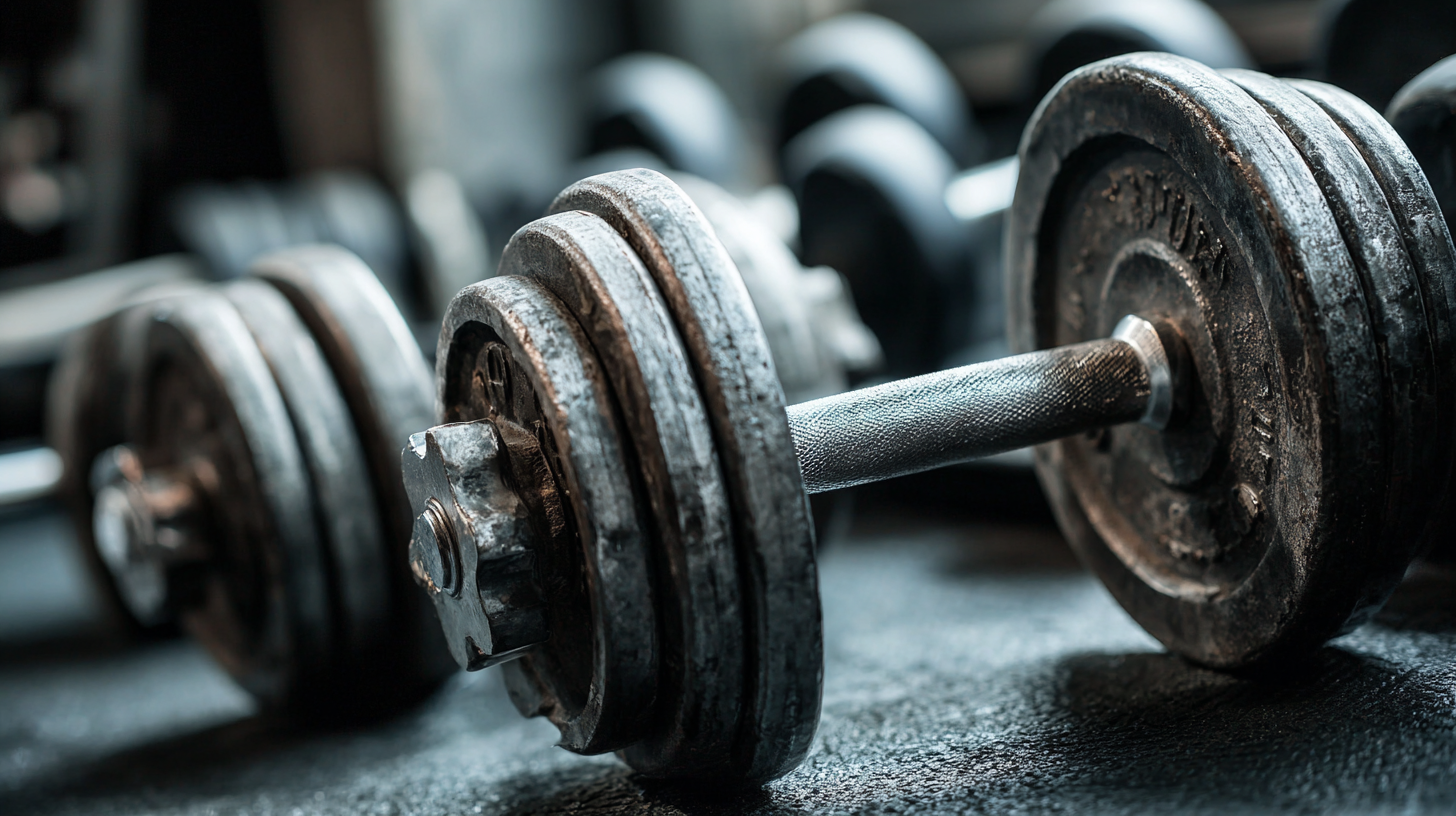
For beginners, starting with lighter weights while focusing on form is crucial. Exercises like dumbbell shoulder presses and bent-over rows can help develop foundational strength. As you progress, you can gradually increase the weight and intensity of your workouts, adding more complex movements like dumbbell snatches or thrusters to challenge your body further. This gradual incorporation of new exercises and heavier weights ensures continuous improvement and prevents plateaus, encouraging long-term commitment to your fitness journey.
Utilizing fitness dumbbells is a powerful method for building strength, particularly when applied with the concept of progressive overload. This technique involves gradually increasing the weight, frequency, or number of repetitions in your workouts, allowing your muscles to adapt and grow. Begin with a manageable weight that challenges you but doesn’t compromise your form. As your strength improves, incrementally add more weight or additional sets to continuously stimulate your muscles, avoiding plateaus.
**Tip:** Keep a workout log to track your progress. Note the weights you use and the number of repetitions and sets. This not only provides motivation but also helps you identify when it’s time to increase your load.
Incorporating various exercises targeting different muscle groups is essential for a balanced routine. Aim to incorporate movements such as bicep curls, tricep extensions, lunges, and shoulder presses. This diversity will ensure you are not only building strength but also preventing overuse injuries and improving overall functional fitness.
**Tip:** Focus on perfecting your form before adding weight. This practice will enhance your training effectiveness while reducing the risk of injury. Remember, quality over quantity is key in any strength training regimen.
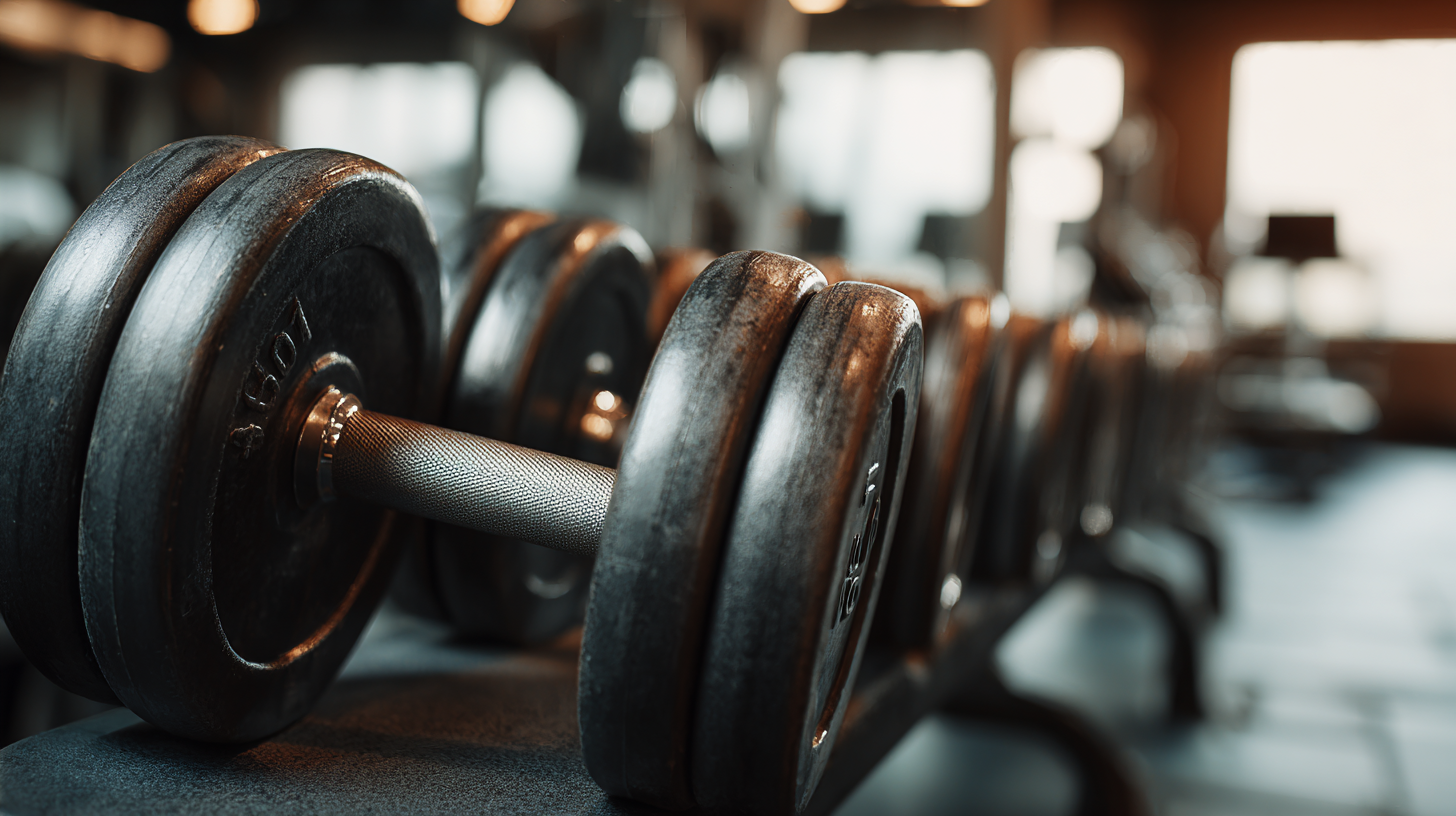
Dumbbell training has gained immense popularity due to its versatility and effectiveness in building muscle. Understanding the science behind muscle activation and growth rates is crucial for maximizing the benefits of your workout. When using dumbbells, the body engages multiple muscle fibers, particularly during compound movements. This engagement not only enhances strength but also improves coordination and balance. Research has shown that the unilateral nature of dumbbell exercises forces the stabilizing muscles to activate, contributing to overall muscle growth.
Moreover, the rate at which muscles grow can be influenced by the type of dumbbell exercises performed. For instance, movements like dumbbell squats and presses activate large muscle groups and stimulate greater hormonal responses, promoting hypertrophy. Conversely, isolation exercises such as bicep curls target specific muscles, allowing for focused growth. By varying your dumbbell workouts and incorporating both compound and isolation movements, you can optimize muscle activation, increase growth rates, and achieve a balanced physique. This scientific approach to training ensures that fitness enthusiasts of all levels can unlock their full potential with dumbbells.
When it comes to choosing the right dumbbell weight for your fitness journey, it's essential to consider your current level and goals. For beginners, lighter weights (5-10 lbs) are ideal to focus on mastering form and technique before progressing. Intermediate lifters might find that weights between 10-20 lbs allow them to challenge muscles effectively without risking injury. Advanced lifters can typically handle weights above 20 lbs, but it's important to select a weight that still allows for controlled movement and proper form.
**Tips:** Always start with a weight you can lift for 10-15 repetitions comfortably. If you can manage more than this, gradually increase the weight by 2.5 to 5 lbs. Listening to your body is key; if you experience any pain (not to be confused with muscle fatigue), reassess your choice of weight.
Additionally, consider the type of exercises you'll be performing. For movements that engage larger muscle groups, such as squats or deadlifts, you may need heavier weights compared to exercises targeting smaller muscles, like bicep curls or tricep extensions. It's all about finding the right balance to ensure you can work out effectively and safely.
| User Level | Recommended Dumbbell Weight (lbs) | Focus Areas | Sample Exercises |
|---|---|---|---|
| Beginner | 5-10 | Full Body | Dumbbell Press, Curls, Rows |
| Intermediate | 10-20 | Upper Body, Core | Bench Press, Overhead Press, Lunges |
| Advanced | 20+ | Strength and Power | Deadlifts, Snatches, Clean and Press |
| Senior | 2-8 | Balance, Stability | Seated Dumbbell Press, Front Raises |



